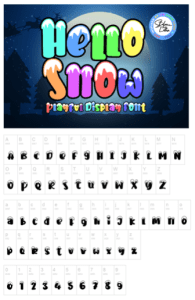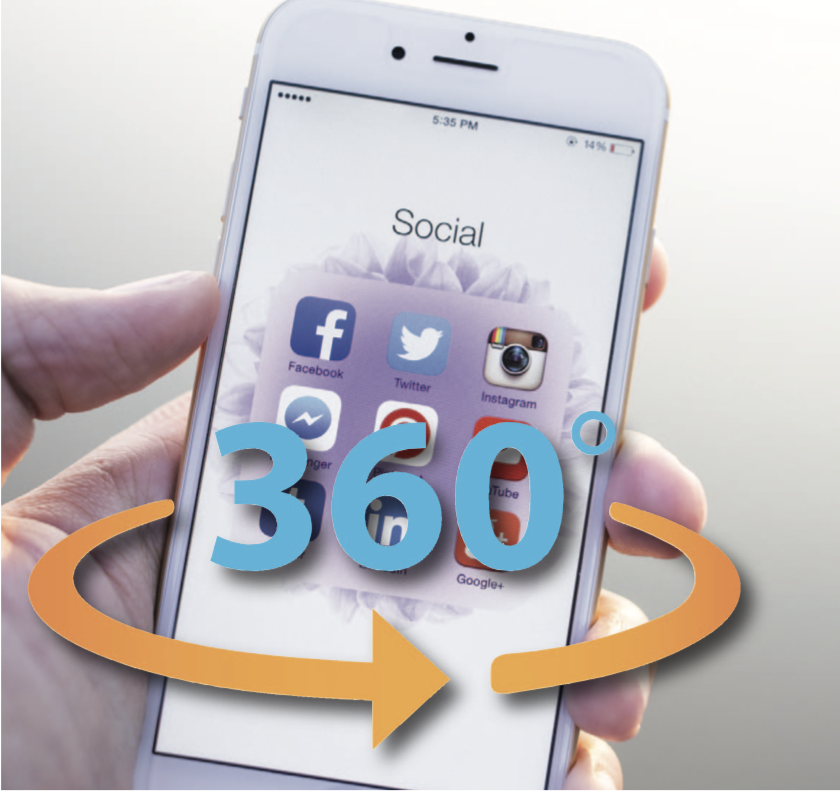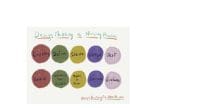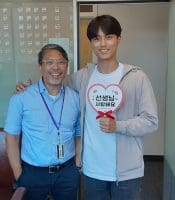Science and health communication is a big part of research, education, and innovation — being able to clearly communicate the problem and solution is key to many things, including getting funding. But more importantly, it’s a great way to get information out to those who need it and would benefit from it the most.
In this day and age, there’s no shortage of ways to do that.
Making original content is time-consuming but necessary. If you have the means, you can collaborate with groups like Lifeology to make your science and health work more accessible. For those who want to create their own original content, here is a (very) short guide to easy science and health communications strategies and applications that I’ve used in the past.
You will have to decide how much time you want to spend and which mediums you’re most comfortable working in. Over my career, I’ve dabbled with many things—from stop motion video, to illustrations, to scicomics (science comics), and much more.
First remember this, everyone is creative and everyone can create. Not everyone is going to have the artistic abilities of Leonardo Da Vinci, but everyone can draw. There are plenty of online applications to help even the most novice artists among us create interesting and engaging illustrations and graphics.
Scicomics and graphic medicine
Scicomics are one of my favorite ways to break down difficult information into small bites of material in a visually fun way. Several programs can help you create comics online or by hand. If you’re interested in hand drawing and have a tablet, the Paper by We Transfer app is an easy one to use. This app provides storyboard/comic book templates you can use as well as other tools to help you create professional-looking comics. Another good choice for the iPad is Procreate. This is more complex than the Paper app, but it’s also a more powerful tool for digital illustration and graphic design.
There are also great online resources on how to create comic book images, including Pixton Comics, and Canva (which is a very helpful and versatile online design site).
Graphic novels are similar to scicomics but longer and more of a narrative story.
Graphic medicine integrates comics and healthcare. Check out JKX Comics Gaining STEAM, Comic Nurse, and Graphic Medicine for many wonderful examples of how to use comics to share your work.
Infographics
Infographics present data visually. A ton of platforms exist for creating them. Two of my favorites are Pikto Chart and Canva. I’ve also been hand drawing my own infographics recently and find that they’re more visually appealing than the online computer-generated ones. I use the Paper app. Again, there are simple tricks that you can use on this app to make professionally looking hand drawn infographics.
Pro tip: If you want to draw words using different fonts, search for a font style you like (I use DaFont a lot for this), take a screen shot of the alphabet in that font style (see Image 1), open it as an image in the Paper app and then copy over the letters. Think of it as advanced tracing paper.




(Image 1: example of a font screen shot from DaFont.com; Image 2: example of a hand drawn infographic by Marion Leary)
Animation
Online animated programs are a good way to create cheap and easy animated or whiteboard-like videos. Several programs are available, including Vyond. We used Vyond at Penn Nursing to create a video discussing why it’s important for nurses to use the power of storytelling. You can check that out here. These programs usually have a free version, but like Vyond the free version comes with a watermark, so I recommend the paid version. One note, if you pay for an account but then discontinue it, you may lose access to the videos you’ve created (depending on the level you paid for).
Live sketching
Another fun and creative way to use illustration is through live sketching. If you’re an artist or know one, live sketching is a cool way to visually represent, in real-time, the work being presented during a class, an event, or at a conference. I’ve used a colleague’s company, Healthero.io, for a few of our Penn Nursing Innovation Accelerator pitch events and during the Nurse Hack for Health virtual hackathon—the results are just incredible. There are plenty of companies that do this work as well, just search “Live Sketching” and a plethora will come up. Check out some examples of our live sketch illustrations here and here.
Stop-motion videos
I really like making stop-motion videos, especially with Legos! Stop motion combines photographs of still objects combined and sped up to make a video. Stop motion takes a lot of time, practice, and patience, but it produces interesting, fun, and original content. I use a great app—Stop Motion Studio—on my iPhone. But like everything I’ve mentioned, there is no shortage of other applications you could use. Check out this list from the Educational App Store.
GIFs
Combining mediums and platforms is also a nice way to create content. For example, you can turn your stop-motion video into a Gif (a short repeating animated image). The GIPHY app is one of my favorites right now for creating original Gifs. I’ve used it to pull content from videos, such as our Design Thinking for Health lecture videos, and then turned it into shorter Gifs that I can embed in presentations.
Videos
During the pandemic, like most of us, I’ve had to create a lot of new lectures and videos. I use the iMovie video editing application to combine and create content. In iMovie, or any video editing software, you can add images, music, and text to presentations and videos to heighten the quality and, as the site states, “turn your videos into movie magic”!
Tik Tok
I love social media and believe nurses should be on these platforms amplifying their expertise. I use a combination of platforms on a daily basis. Tik Tok is one of my favorites because it’s a great way to make short multimedia videos that I can then post on Twitter or LinkedIn. I still don’t find Tik Tok intuitive to use, but once you get the hang of it (or have a teenager in the house willing to help you), it’s actually a powerful tool for making videos and engaging content.
Potpourri
Plenty of other online programs and apps exist that you can use to create original content. Some of my favorites are ReType (which helps you create posters and memes), The Noun Project (a site for finding the perfect icons), and Unsplash (for free high quality—not cheesy—stock photos).
I created a list of other design/scicomm resources that you can find here.
Creating original content for communicating science and health information isn’t easy. But if we want our patients, their families, communities, and others to consume important health and healthcare information, we need to take the time and think thoughtfully about how we’re distributing it. I guarantee it is worth it. Now go be creative!


















